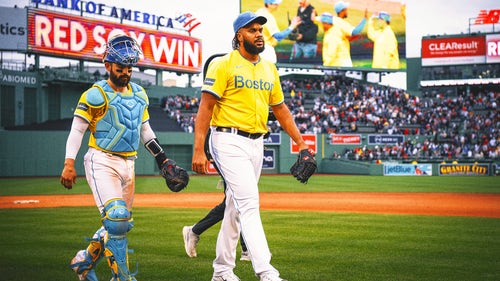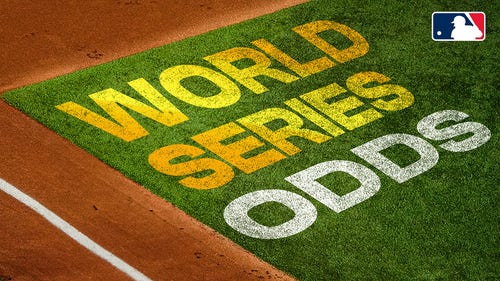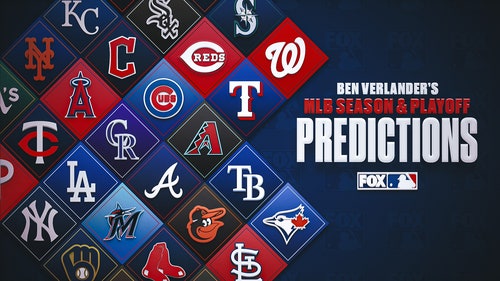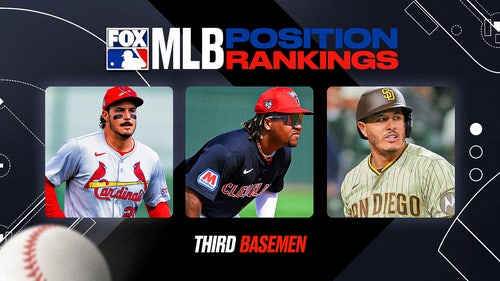
Competitive Balance Rounds announced, put A's in a good position
At the end of the 2016 season, we already knew that because of their record of 69-93, that the 2017 MLB Amatuer Draft order would give the A’s one of the year’s top ten overall picks.
However, the draft order had really yet to take shape. It has now, that the Competitive Balance Round picks have been announced.
The Twin’s ended up with the season’s worst record, receiving the top pick. The Athletics have the sixth pick in the draft and it will stay that way, as the top 10 picks are protected and cannot change.
That rule remains the same under the new Collective Bargaining Agreement (CBA), as does the fact that the top 30 first round picks cannot be traded between teams.
The Competitive Balance Rounds and overall draft order are now officially taking shape after some changes were made in the new CBA, that was officially ratified Wednesday by all 30 MLB clubs.
Under the previous CBA that was ratified in 2011, Competitive Balance Round picks were decided using a lottery system.
It was designed to give the teams that ended up in either the bottom ten in revenue or market size an extra pick after either the first or second round.
It also allowed any teams that received revenue sharing a spot in the second round of the lottery, however, not all clubs in the lottery would receive a pick. Six were awarded for the first round and six for the second, while they may have been more teams to qualify.
This has all changed under the new CBA, which will be in effect until 2021, according to MLB.com’s Jonathan Mayo,
“The Competitive Balance Rounds are no longer determined via lottery. Instead, all teams that fall in the bottom 10 in revenue and bottom 10 in market size will get a pick in Round A, after the first round, or Round B, following the second round. Using a formula that takes revenue and winning percentage into account, six teams were awarded Round A picks, with eight teams getting picks in Comp Round B. The groups of teams will switch in 2018 (meaning there will be eight Comp Round A picks, six in Round B), and will alternate as such for the life of this CBA.”
Not all that surprisingly, the A’s are the recipients of the third pick in Round A, giving them both the sixth pick in the 2017 draft and the 33rd pick.
While the draft order is still subject to change due to trades (Competitive Balance picks may be traded) and free agents signings, it’s unlikely the A’s positions will change in the draft.
So what does this mean for Oakland? It depends on what they feel they will need in the future and how close their draft picks are to being big league ready. A player drafted out of college will have more experience than one drafted out of high school.
Being that you never really know what any club is thinking when it comes to who they are going to draft, for example, the A’s used to stick mostly to signing kids out of college but have more recently moved more towards looking at players being drafted out of high school.
Richie Martin, A’s top draft pick in 2015. Mandatory Credit: Kyle Terada-USA TODAY Sports.
Using Baseball-Reference.com’s Draft Index since 2000, it was easy to find out what kind of player the A’s could get, barring injury or just bad luck. Some players can have all the talent in the world, but still not make it in the majors which is why the draft, even with a good pick, can be a gamble.
More of the players picked around sixth overall have become successful major leaguers than the players taken surrounding the 33rd pick, but there were some surprising names taken later in the first round who have gone on to have or are likely to end up having a successful big league career.
Here are just a few examples of the caliber of players the A’s could potentially pick up with the sixth pick in the draft. Zack Greinke, Andrew Miller, Ross Detwiler were all picked in the sixth round of their respective drafts. Clayton Kershaw was actually picked seventh after Miller in 2006.
Some well-known names coming out the mid 30’s first round overall picks include Todd Frazier, Sean Doolittle and Josh Donaldson in 2007.
Sean Manaea. Mandatory Credit: Jennifer Buchanan-USA TODAY Sports
Jake Odorizzi was picked 32nd overall in 2008. 2009 gave us Zack Wheeler as the number six pick, while in the 30’s were names like Drew Storen, Josh Phegley, Tyler Skaggs and Chris Owings.
Looking at recent years, Matt Harvey was the number seven pick in 2010 and the man we all know now as simply, “Thor”, Noah Syndergaard, was taken 38th overall.
Sean Manaea was picked 34th in the 2013 draft and is already successfully part of the A’s starting rotation. Another name you should now be familiar with, because he was a big part of the Chris Sale trade to the Boston Red Sox, Michael Kopech, was the 34th overall pick in 2014.
The list of players picked near the A’s 2017 picks goes on and on. While there were a number of successful players, there were probably just as many that didn’t work out.
The A’s scouts and player development teams will have to assess the A’s needs and decide which players will work best for Oakland, but this year’s draft order has put the Athletics in a position to add to their already strong farm system.
More from White Cleat Beat
This article originally appeared on











































































































































